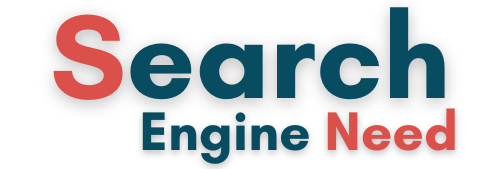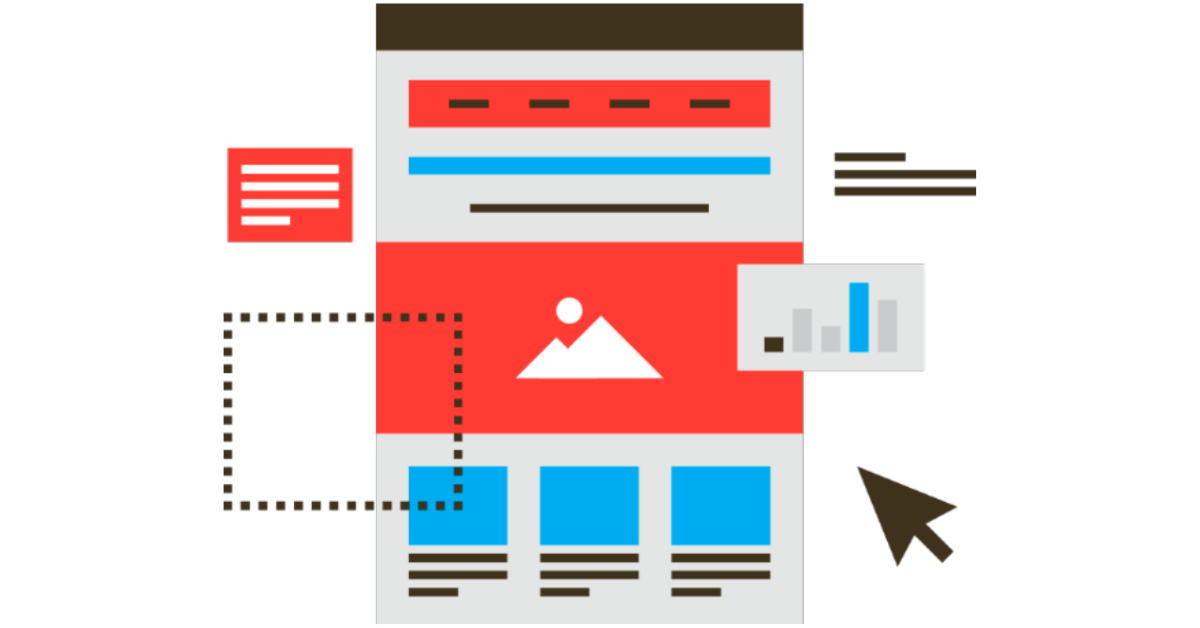Landing pages are an important part of online marketing because they help turn website visitors into customers. But the strategies and optimizations needed for landing pages can change based on where the traffic is coming from.
SEO Landing Pages and PPC Landing Pages are two common types of landing pages. Each has its own goals and needs. SEO Landing Pages focus on getting organic traffic through on-page optimization and informative content, while PPC Landing Pages focus on converting paid traffic through persuasive content and clear calls to action.
In this article, we'll look at how these two types of landing pages are different and give tips on how to make the most of them. Whether you want to increase your organic traffic or run a successful pay-per-click (PPC) campaign, you need to know what makes these landing pages different.
Should ad-specific landing pages care about SEO?
Yes, SEO (Search Engine Optimization) is important for ad-specific landing pages for several reasons:
Organic search traffic: Even though ad-specific landing pages are mostly made to be found through ads, some people may still find them through organic search results. By making the landing page SEO-friendly, the page will show up higher in search engine results pages (SERPs) and get more traffic from search engines.
Quality score: In online advertising, landing pages that are specific to an ad are often a key part of figuring out an ad's quality score. With a higher quality score, advertising costs can go down and ads can show up higher in search results. By making the landing page SEO-friendly, the ad's quality score can go up, which can help the ad do better.
User experience: SEO best practices like optimizing page load speed, using clear and concise headlines and descriptions, and providing high-quality content can also improve the overall user experience of the landing page. A better user experience can make people more likely to stick around and buy something.
Overall, ad-specific landing pages may not be the main focus of an SEO strategy, but optimizing them for SEO can have a number of benefits and should be thought of as part of a holistic approach to digital marketing.
what if I no index that page and use it for only PPC?
If you don't index your ad-specific landing page, search engines won't be able to find it or show it in search results. This is a good plan if you only want to focus on pay-per-click (PPC) advertising and not on traffic from organic search results.
But even if the page isn't indexed, it's still important to make it work well for users and lead to sales. Your PPC campaign can work better if you have a well-designed landing page, which can lead to lower costs and a higher conversion rate. Here are some best practices for PPC landing pages you should follow:
Relevance: Make sure that the landing page is related to the ad that the user clicked on. The message on the landing page should be clear and to the point, just like the message on the ad.
Clear CTA: The landing page should have a clear CTA that tells the user what to do next. The call to action (CTA) should stand out on the page and be easy to find.
Simple and clean design: The landing page should be easy to navigate and have a simple, clean design. Avoid clutter and other things that can take attention away from the main message and call to action (CTA).
Mobile-friendly: Make sure the landing page is set up to work well on mobile devices. More and more people are using their phones to access the internet, so it's important to make sure your landing page works well on mobile devices.
By following these best practices, you can make a landing page that is optimized for PPC advertising, even if it is not indexed by search engines.
SEO Landing Page vs. PPC Landing Page
| Feature | SEO Landing Page | PPC Landing Page |
|---|---|---|
| Primary focus | Organic search traffic | Paid search traffic |
| Optimizations | On-page optimization, backlinks, keyword research | Relevance, clear CTA, simple design |
| Content | Focus on informational content that addresses user intent and provides value | Focus on persuasive content that highlights the benefits of the product or service |
| Keywords | Targeted towards long-tail and niche keywords | Targeted towards high-intent, commercial keywords |
| Design and layout | Focus on user experience and engagement | Focus on simplicity and clear hierarchy |
| Call-to-action (CTA) | Often not as prominent, focus on guiding the user to take the next steps | Prominent, clear, and persuasive CTA |
| Quality score | Not directly related, but can indirectly impact quality score through user experience and engagement | Directly related to quality score, as landing page experience is a key factor |
| Conversion rate | This can be lower due to the focus on informational content | Typically higher due to focus on persuasive content and clear CTA |
| Cost | Lower cost due to organic traffic, but may require ongoing optimization and maintenance | Higher cost due to paid traffic, but can result in quicker results and more control over the campaign |


